
Behind global luxury fashion, India's artisans remain unseen and uncredited
Generations of skill fuel global fashion houses, but strict NDAs and branding practices keep Indian craftspeople faceless in the world of luxury
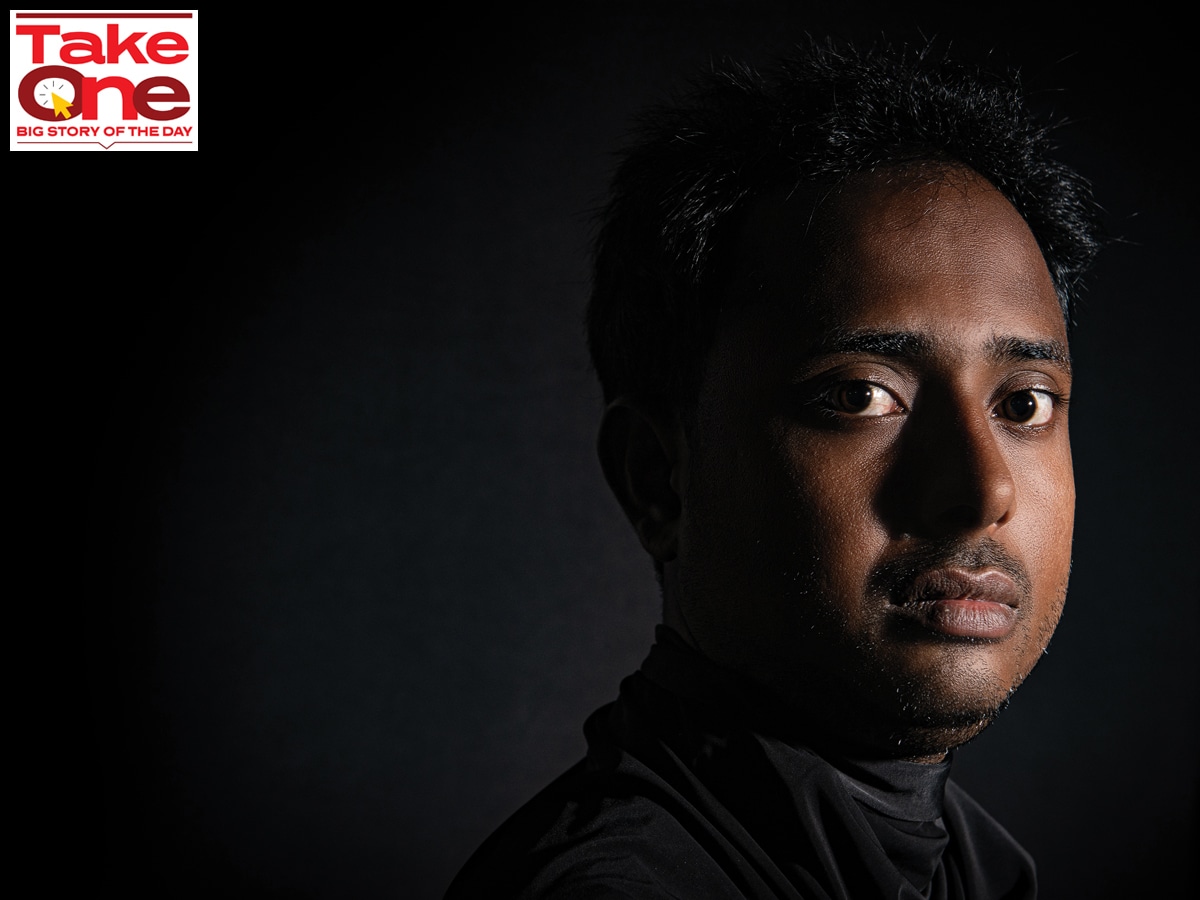 Najir Mallik, an artisan from Paschim Medinipur in West Bengal, at Adity Design’s workshop in Mumbai
Image: Amit Verma
Najir Mallik, an artisan from Paschim Medinipur in West Bengal, at Adity Design’s workshop in Mumbai
Image: Amit Verma
In a brightly lit, air-conditioned room in Mumbai’s Lower Parel area, Sharafat Mallick sits with men hunched around the neatly arranged rows of ‘khaat’, as the wooden frames are called, inside the embroidery workshop of an export house. Hailing from West Bengal, Mallick has in front of him, stretched tight over a frame, a length of fine fabric. Different frames have fabrics of weaves, textures and colours. On them are traced designs that are even more varied, ranging from psychedelic starfish and lobsters to cupcakes and ice creams. On this densely overcast July morning, needle in hand, Mallick is busy making a design come alive with his embroidery. Others like him, also with needles in hand, are embroidering other designs, layering on a plethora of threads, beads, sequins and other embellishments.
Over the next few weeks and months, the design that Mallick has embroidered will navigate an intricate global supply and order chain, and likely find itself on an exquisite garment or accessory that will be first showcased, and then sold, by the most exclusive and expensive luxury fashion houses in the world, mostly in Europe and the United States. The luxury items will bear labels such as ‘Made in Italy’ or ‘Made in France’, and not carry a shred of acknowledgement that they were made to a large extent, if not entirely, in India.
That India has been home to some of the most exquisite handiwork in the world for centuries is no secret. What, however, has been kept under wraps—no pun intended—is that today India has become the back-office to global haute couture. Indian craftspeople—some carrying on family traditions through multiple generations, others simply learning the craft as a form of employment—working in thousands of design studios and workshops spread across the country are the ones powering the biggest luxury fashion names in the world.
“The Western industry, luxury and otherwise, depends heavily on Indian craftsmanship because of the versatility of crafts and quality of workmanship, at far cheaper prices than elsewhere in the world,” says Shilpa Sharma, co-founder of Jaypore and Connector of Dots.

(This story appears in the 22 August, 2025 issue of Forbes India. To visit our Archives, click here.)




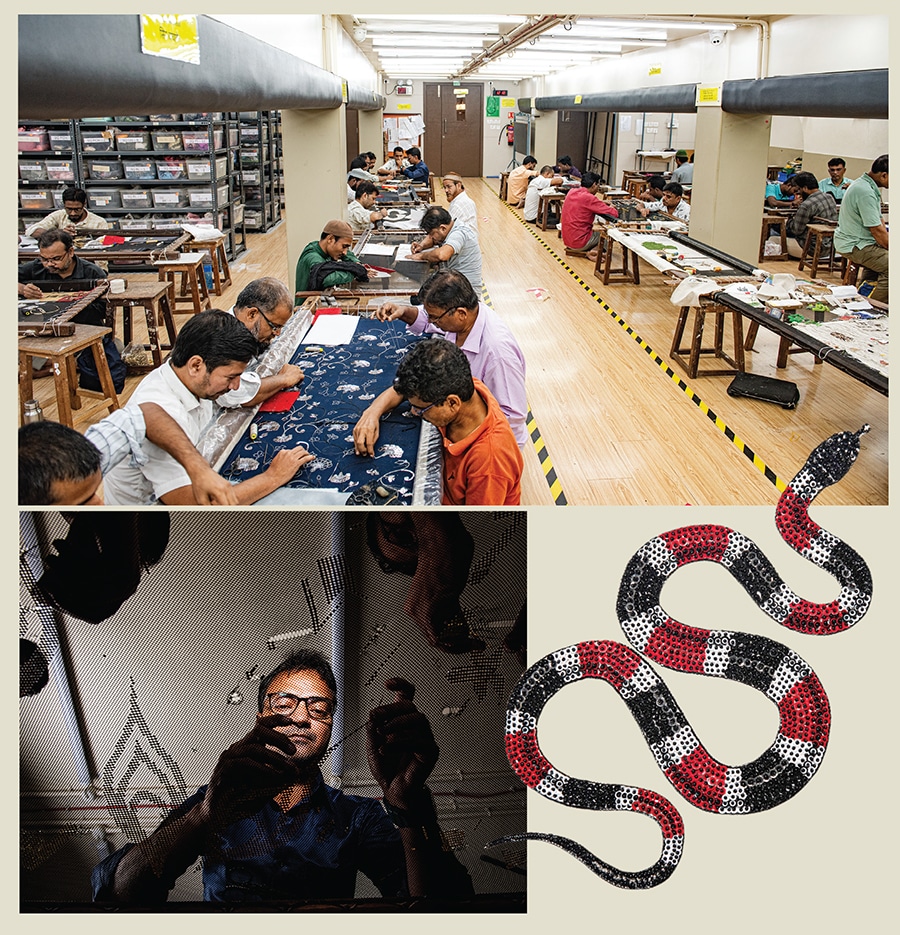
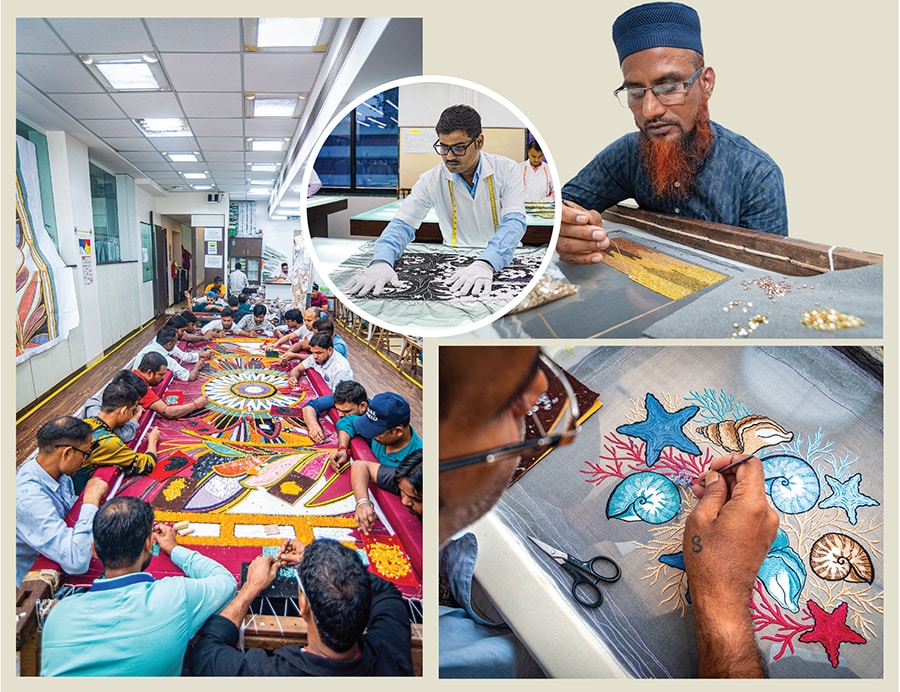
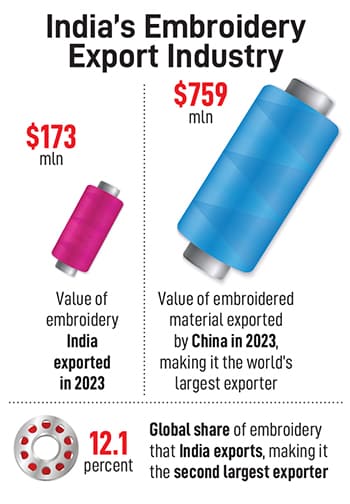 According to data from India’s Ministry of Commerce and Industry, annual exports of hand embroidery jumped tenfold from the late 1990s to exceed $250 million right before the Covid-19 pandemic in 2020. Following the economic slowdown that has affected several industries after the pandemic, data from the Observatory of Economic Complexity, says that in 2023, India exported $173 million worth of embroidery, making it the second largest (12.1 percent) exporter of embroidery in the world, out of 144 countries.
According to data from India’s Ministry of Commerce and Industry, annual exports of hand embroidery jumped tenfold from the late 1990s to exceed $250 million right before the Covid-19 pandemic in 2020. Following the economic slowdown that has affected several industries after the pandemic, data from the Observatory of Economic Complexity, says that in 2023, India exported $173 million worth of embroidery, making it the second largest (12.1 percent) exporter of embroidery in the world, out of 144 countries. 
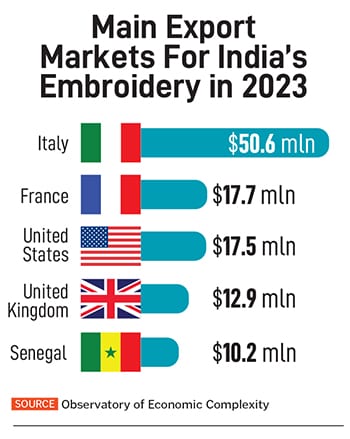 Like the vast majority of Indian handicraft workers, the makers of Kolhapuri slippers are traditional artisans, keeping alive a craft that is more than 850 years old. They excel at what they do, but they are also removed from the world of international quality standards, certifications and compliances, which are imperative for supplying to or collaborating with luxury fashion houses. “They make these slippers by hand; one pair of size 8 slippers will not be the exact same size as another pair of size 8 slippers,” says More. And that is just one factor.
Like the vast majority of Indian handicraft workers, the makers of Kolhapuri slippers are traditional artisans, keeping alive a craft that is more than 850 years old. They excel at what they do, but they are also removed from the world of international quality standards, certifications and compliances, which are imperative for supplying to or collaborating with luxury fashion houses. “They make these slippers by hand; one pair of size 8 slippers will not be the exact same size as another pair of size 8 slippers,” says More. And that is just one factor. 
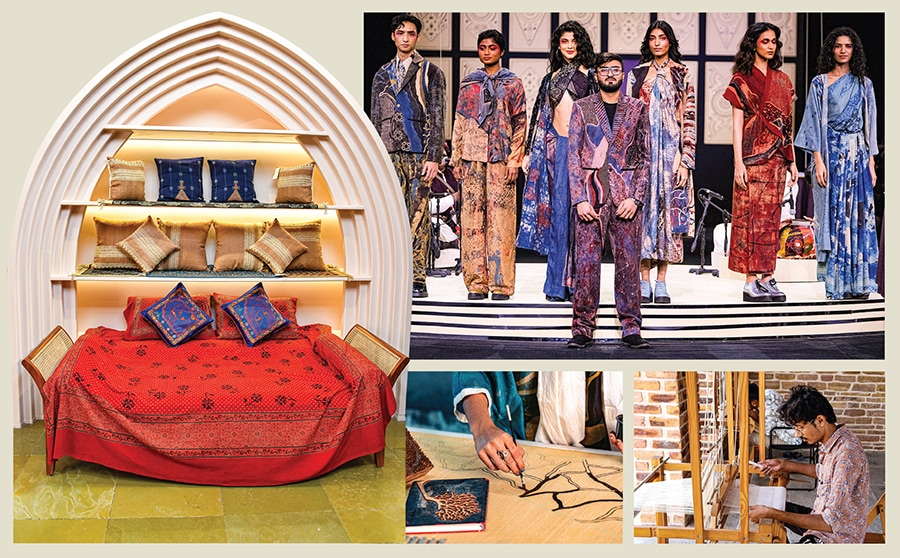
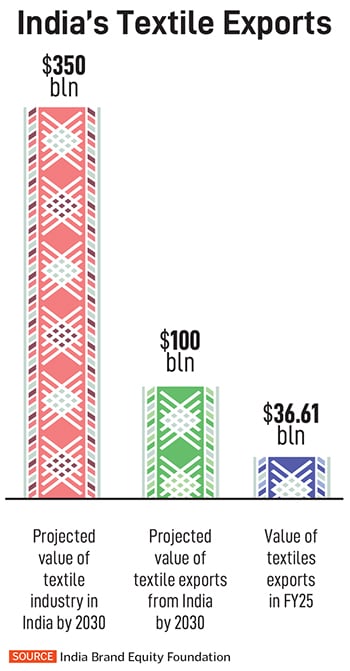 “These artisans have generations of knowledge, skill and creativity,” says Amrita Somaiya, trustee, Somaiya Vidyavihar and governing board member, SKV. “SKV provides them with design knowledge and design thinking, the ability to create their own brands and designs, create more relevant products for today’s markets, and have their own identity.”
“These artisans have generations of knowledge, skill and creativity,” says Amrita Somaiya, trustee, Somaiya Vidyavihar and governing board member, SKV. “SKV provides them with design knowledge and design thinking, the ability to create their own brands and designs, create more relevant products for today’s markets, and have their own identity.”













